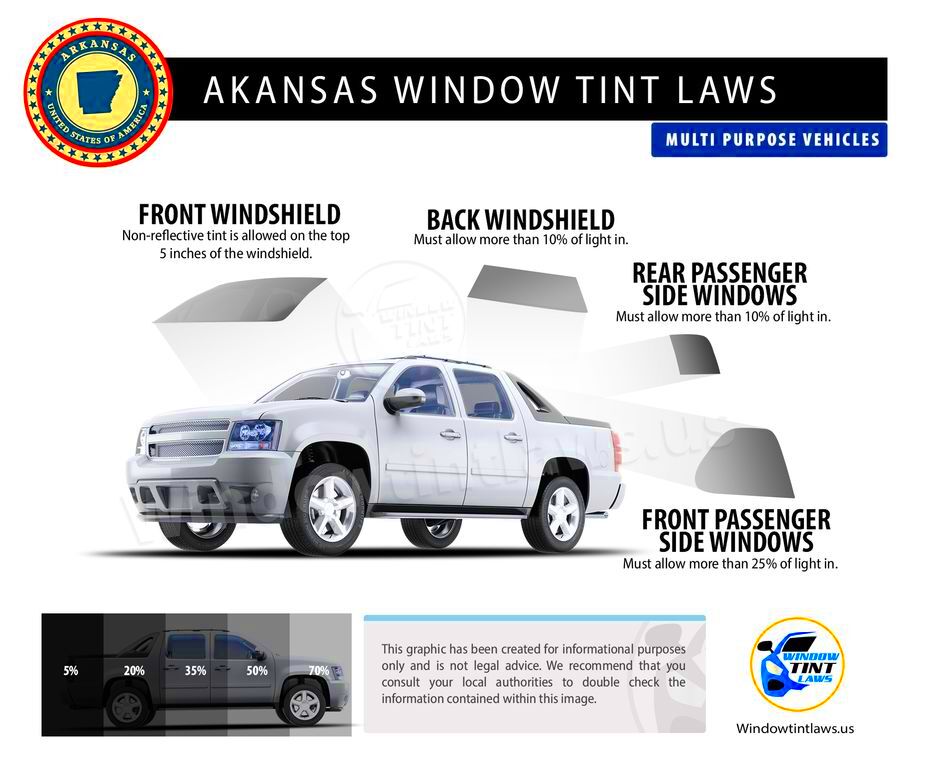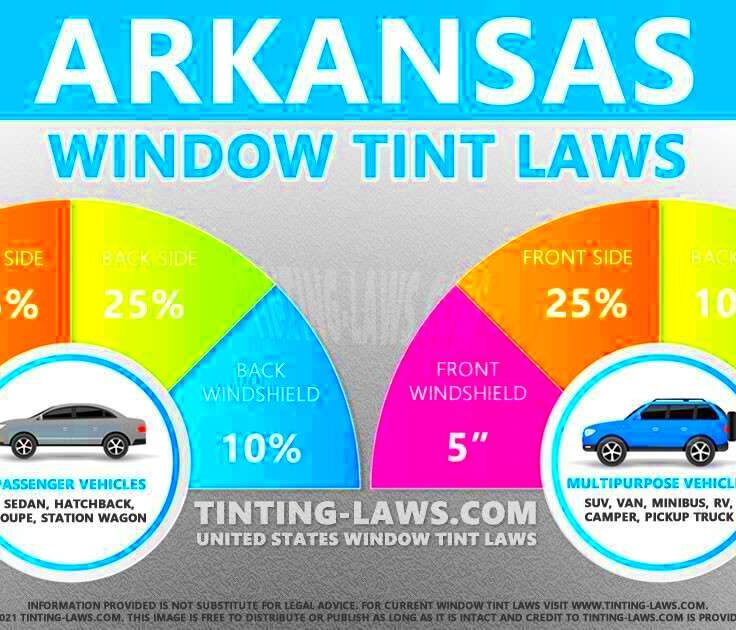Arkansas Window Tinting Regulations Explained
Window tinting regulations are crucial for maintaining safety and comfort on the roads. In Arkansas, these laws help ensure that drivers can see clearly and that vehicles are protected from excessive heat and UV rays. Understanding these regulations can help you make informed decisions about tinting your vehicle’s windows while staying compliant with the law.
Understanding the Importance of Window Tinting Laws

Window tinting laws are designed for various reasons, including:
- Safety: Tinted windows reduce glare from the sun, helping drivers see better and reducing the risk of accidents.
- Comfort: Tints can keep your car cooler in hot weather, enhancing the overall driving experience.
- Privacy: Tinted windows offer increased privacy for passengers and belongings.
- UV Protection: Window tints block harmful UV rays, protecting both the vehicle’s interior and the occupants.
Understanding these laws is essential for ensuring safety on the road and avoiding penalties. By following Arkansas regulations, you can enjoy the benefits of window tinting without any legal complications.
Overview of Arkansas Tinting Regulations
Arkansas has specific laws governing the tinting of vehicle windows to ensure safety and compliance. Here’s a quick overview of these regulations:
| Window Type | Visible Light Transmission (VLT) | Reflection Level |
|---|---|---|
| Windshield | Must allow over 25% VLT | No reflective tint allowed |
| Front Side Windows | Must allow over 25% VLT | No reflective tint allowed |
| Back Side Windows | No restrictions | No restrictions |
| Rear Window | No restrictions | No restrictions |
These regulations help maintain clear visibility for drivers and passengers while allowing some flexibility for personal preferences. Always check for the latest updates, as laws can change, ensuring you remain compliant.
Legal Tint Darkness and Reflection Levels
In Arkansas, knowing the legal limits for tint darkness and reflection is essential for every vehicle owner. The laws dictate how dark the tint can be and how much light can be reflected. Here’s a breakdown of what you need to know:
| Window Type | Maximum Darkness (VLT) | Maximum Reflection |
|---|---|---|
| Windshield | 25% VLT or higher | Non-reflective tint allowed above the AS-1 line |
| Front Side Windows | 25% VLT or higher | No reflective tint |
| Back Side Windows | No restrictions | No restrictions |
| Rear Window | No restrictions | No restrictions |
It’s crucial to remember that these regulations are in place for safety. Darker tints can reduce visibility, especially at night. By adhering to these limits, you ensure a safer driving experience for yourself and others on the road.
Exemptions for Medical Conditions
Arkansas law recognizes that some individuals may require window tinting for medical reasons. If you have a specific health condition that necessitates a darker tint, you may be eligible for an exemption. Here’s what you should know:
- Qualifying Conditions: Common medical conditions include lupus, skin cancer, and other disorders that make individuals sensitive to sunlight.
- Documentation Required: You will need a signed statement from a licensed physician detailing your condition and the need for window tinting.
- Application Process: Submit the documentation to the Arkansas State Police or your local law enforcement agency to obtain an exemption.
It’s essential to keep this documentation in your vehicle, as law enforcement may request it to verify your exemption status. This allows you to enjoy the benefits of window tinting without facing legal issues.
Penalties for Violating Window Tinting Laws
Understanding the penalties for violating Arkansas’s window tinting laws can save you from unwanted fines and legal trouble. Here’s a rundown of what can happen if you don’t comply:
- First Offense: If you’re caught with illegal tint, you could face a fine of up to $100.
- Second Offense: A second violation may result in fines ranging from $200 to $500.
- Potential Legal Action: Continued violations may lead to court appearances and further penalties.
- Vehicle Inspections: Law enforcement may require you to remove the illegal tint or face additional penalties.
Being informed and compliant with the tinting regulations can help you avoid these penalties. Regularly check your window tint levels to ensure they meet state standards. It’s better to be safe than sorry!
Steps for Compliance with Arkansas Tinting Regulations
Ensuring your vehicle’s window tint complies with Arkansas regulations is straightforward when you know the right steps to take. Here’s a simple guide to help you navigate the process:
- Know the Laws: Familiarize yourself with Arkansas’s tinting regulations, including allowable VLT levels and reflection limits.
- Choose a Reputable Installer: Work with a professional tinting service that understands local laws. Check their credentials and ask for recommendations.
- Request Legal Tint: Make sure the tint you choose meets state requirements. Opt for products that clearly state their VLT levels.
- Document Your Tint: Keep any receipts or documentation from the installer, which can help if you are ever questioned about your tint.
- Check Your Tint: After installation, measure the VLT with a tint meter, available at many auto shops, to ensure compliance.
- Stay Updated: Keep an eye on any changes in tinting laws to remain compliant in the future.
By following these steps, you can ensure your vehicle’s tint is both legal and beneficial for your driving experience.
Frequently Asked Questions About Window Tinting in Arkansas
Many people have questions about window tinting laws in Arkansas. Here are some common inquiries and their answers:
- What is VLT? VLT stands for Visible Light Transmission, which measures the percentage of light that passes through the tinted window.
- Can I tint my front windshield? Yes, but only the top portion above the AS-1 line can have non-reflective tint.
- Are there any legal penalties for illegal tinting? Yes, fines can range from $100 to $500 depending on the number of violations.
- Do I need a medical exemption for darker tint? Yes, if you have a medical condition that necessitates darker tint, you must obtain an exemption.
- Can I remove my tint if I get pulled over? While you can, it’s advisable to follow legal procedures rather than risk further penalties.
These FAQs should help clarify any uncertainties about window tinting in Arkansas, making your experience smoother and more enjoyable.
Conclusion on Window Tinting Regulations in Arkansas
Understanding and adhering to Arkansas window tinting regulations is essential for every vehicle owner. These laws are not just about compliance; they promote safety and comfort while driving. Remember to:
- Stay informed about the legal limits for tint darkness and reflection.
- Consider exemptions if you have a medical condition requiring darker tint.
- Follow the steps for compliance to avoid penalties.
By taking these measures, you can enjoy the benefits of window tinting without any legal headaches. Whether for aesthetic purposes or health reasons, tinted windows can significantly enhance your driving experience. Stay safe and compliant!


